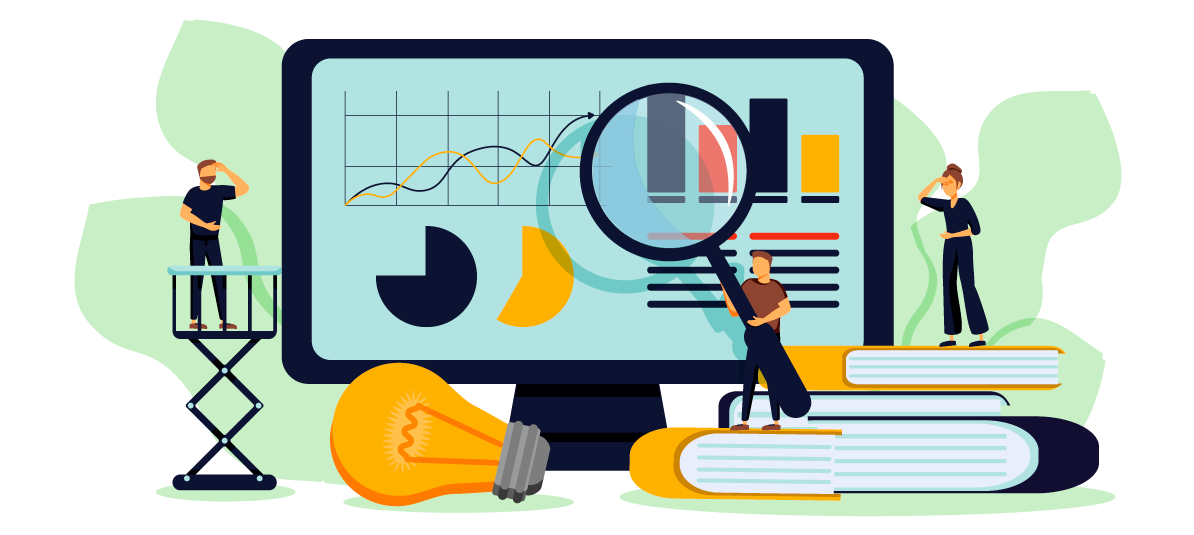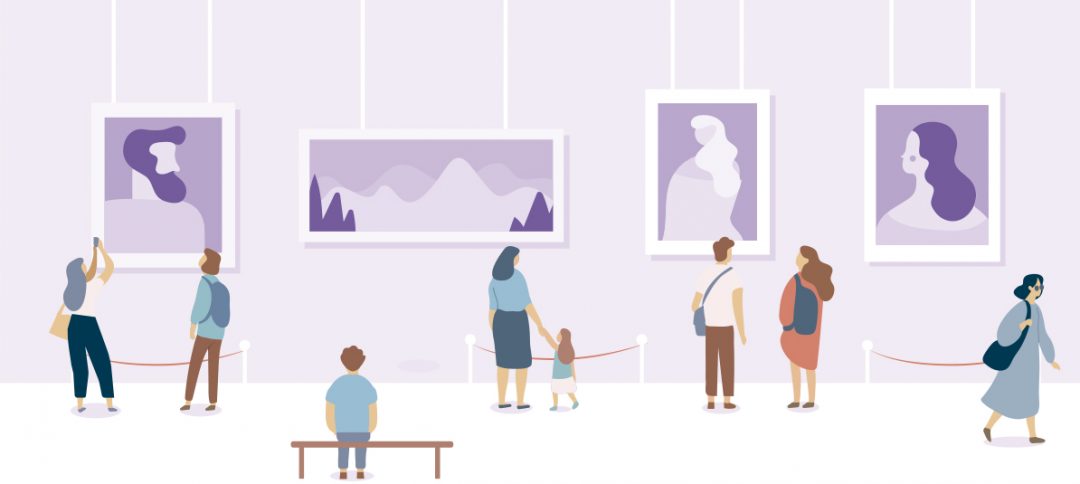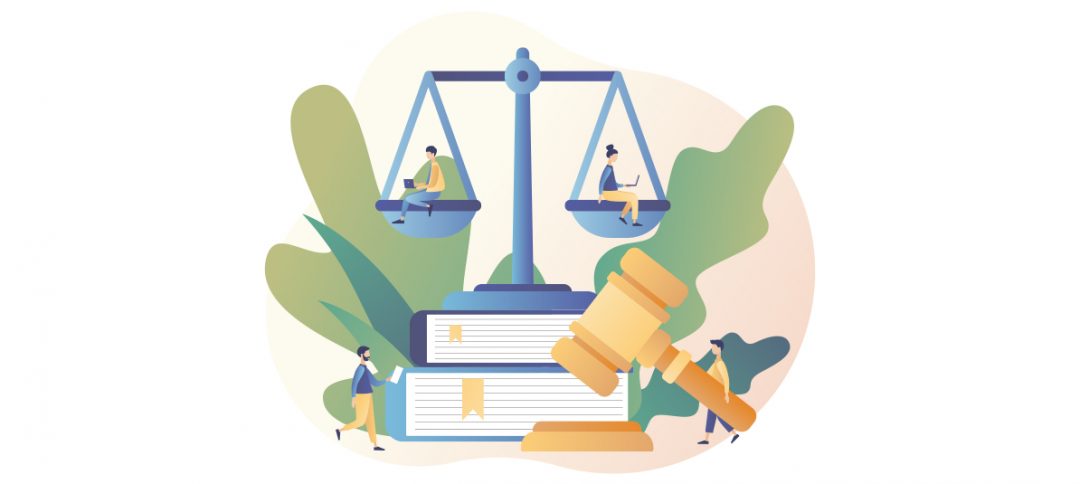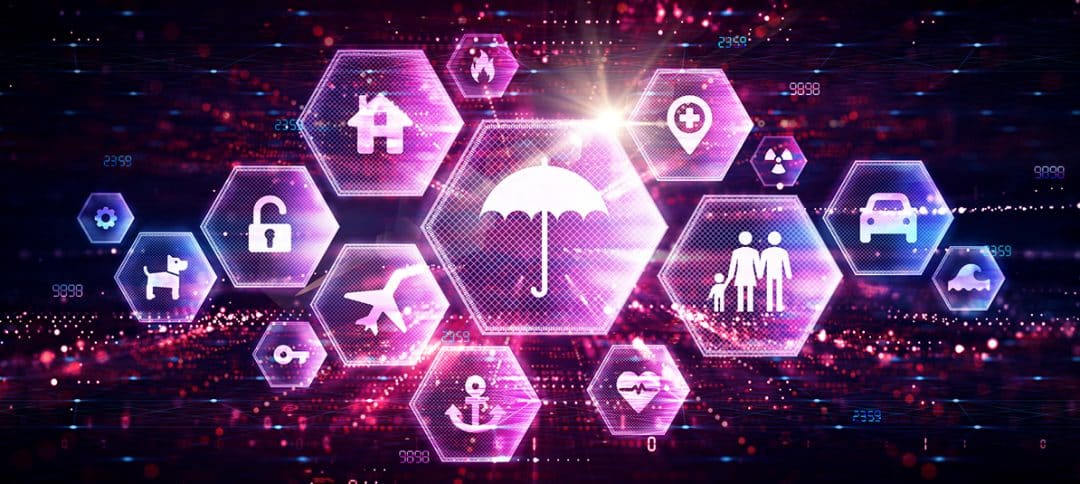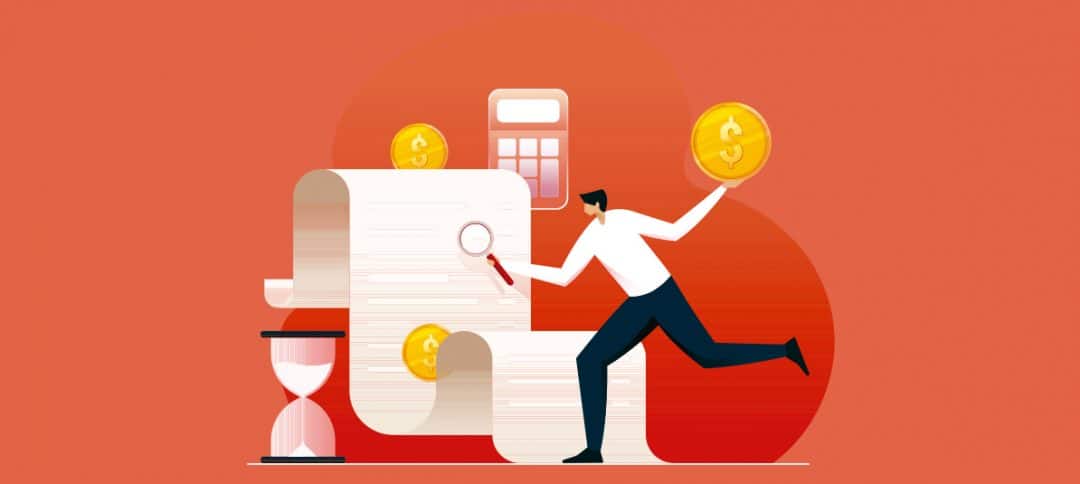And this sector is one of the most capable when it comes to using the advantages offered by new information technologies: better knowledge of the customer, greater personalization to offer them the products they really need, budgets adapted to user behavior patterns, lower prices, and so on.
The entry of the so-called start-ups into the insurance sector was the first step towards incorporating solutions into the traditional insurance business that would provide answers to current customer demands, which are increasingly marked by the presence of technology in people’s daily lives. This is a phenomenon known as Insurtech.
The key: data.
The key to this great revolution is information. Every time we send a message on social media, when we pay with a credit card, when our mobile phone accesses our location or when we share our opinion on the Internet about a restaurant, shop, hotel, and so on, we generate an enormous amount of data about our habits and preferences. The analysis and management of this vast volume of information is known as Big Data.
One of the cornerstones of the insurance industry has always been actuarial science, the analysis of information and statistics to assess risks and establish forecasts. Big Data has therefore been a particularly advantageous technology for insurance companies, which can now get to know their public much better and identify and measure the degree of loyalty among their policyholders.
Customers also benefit from more streamlined and transparent processes, more personalised communication and a better user experience, as well as lower prices. It is now possible to take out insurance policies from a cell phone, as well as to “switch them on” and “switch them off” depending on the time period for which the cover is required.
Specific applications
What kinds of insurance is Big Data already being used for? In car insurance, for example, the installation of a GPS in the vehicle provides telematic data on driving habits, distances traveled, and ways of driving. This gives insurance companies information that helps to prevent accidents, as well as identifying drivers who behave in a potentially dangerous way.
In the case of health insurance, companies can assess the likely longevity of their policyholders and estimate the number of medical services they are likely to need according to their personal characteristics or their medical histories.
Under the umbrella of home insurance, home automation and the Internet of Things applied to the domestic sphere are capable of analyzing consumption patterns and even incidents within the home to determine the best insurance for users.
Of course, this veritable revolution goes hand in hand with increased industry investment in cybersecurity to ensure security standards and confidence, to continue to support users in this new way of doing business.



